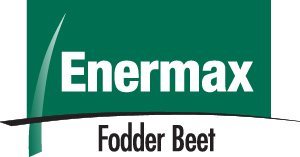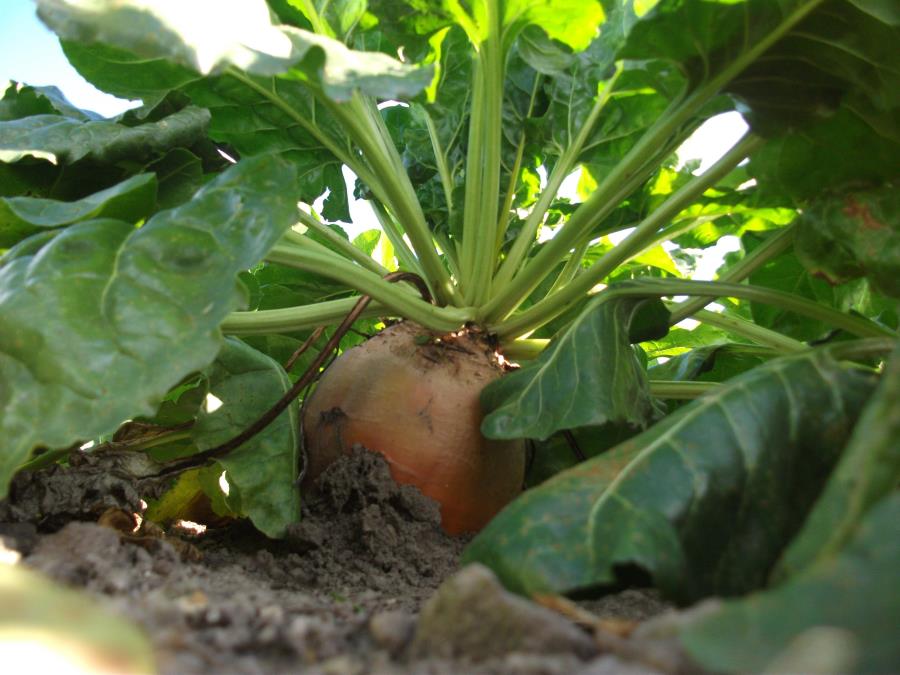Enermax
Lifting and grazing option

- Sowing Time Late September to late October
- Grazing Seasons Autumn, Winter
- Time To First Grazing Anytime after all herbicide, fungicide and insecticide grazing withholding periods are met. Typically 28 weeks to reach yield potential
Enermax was bred specifically for farmers wanting to lift, store and feed fodder beet to animals. It produces bulbs with a consistent size and height. The yield potential is high and the high bulb drymatter percentage (19-21%*) is an advantage for lifting.
Enermax is a modern monogerm hybrid variety with high-quality seed for consistent establishment.
- True monogerm cultivar
- High drymatter type (19-21%*)
- 40-50% of bulb above ground
- A great choice for lifting
- Uniform bulb size and height
- Above ground bulb colour: white/green
*Variation in DM % can occur under different sowing rate and/or environmental conditions. Northern North Island drymatters have consistently been lower than stated.

Sowing & Establishment
| Suggested Sowing Time | Late September to late October |
|---|---|
| Suggested Sowing Rate (seeds/ha) | 100,000 lifting 80,000-90,000 grazing |
| Time to First Grazing | Anytime after all herbicide, fungicide and insecticide grazing withholding periods are met. Typically 28 weeks to reach yield potential |
| Number of Potential Grazings | 1 |
| Potential Yield (t DM/ha) |
Average = 18-22 Top = 30 + |
| Bulb DM% | 19-21%* |
| Seed Type | True monogerm |
| In-situ Grazing | Possible but not preferable |
| Mechanical Harvesting | Most suited |
title goes here
when to use field test
Seasonal Growth Pattern
seasonal growth patten tlekjrta eljaelk jaek jwk;rj we;krjer; ljer; jr;lwej rlwekrj wel rjwe krjekrj rwje rlwejr
Varieties
Agricom has been supplying fodder beet to farmers for a number of years, and in that time has conducted research into cultivar performance, crop husbandry and animal feeding techniques. Agricom has partnered with world leading French fodder beet breeding company, Florimond Desprez, to access new genetics for improved yield and quality. Table 1 shows the varieties Agricom markets in New Zealand.
| TABLE 1: FODDER BEET VARIETY BULB DM % | |||||||
|---|---|---|---|---|---|---|---|
| Low | Medium | High | Sugar Beet | ||||
|
Feldherr |
|||||||
|
Jamon |
|||||||
|
Bangor |
|||||||
|
Brunium |
|||||||
|
Enermax |
|||||||
|
Tadorne |
|||||||
Rotation Products

Read more on Fodder Beet
Fodder Beet Case Study
